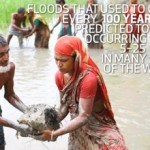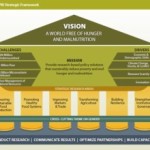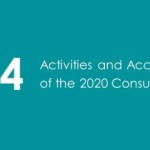Leading up to the 2020 Conference, Farming First in partnership with IFPRI has initiated a series of guest blog posts on resilience. In this first post, Lance Robinson, an environmental governance and resilience specialist at the International Livestock Research Institute (ILRI), reflects on what resilience means for pastoralists in the context of drought emergencies.
When we speak of ‘resilience’ in reference to livestock keepers in drought-prone areas, we face a conundrum.
Humanitarian disasters triggered by droughts appear to be increasing in both frequency and severity. The prospect of a downward spiral, in which poor pastoralist households never completely recover from a given drought emergency, setting the stage for the next one, appears very real.
Yet plenty of evidence suggests that pastoralism remains an economically viable use of much of East Africa’s drylands. Livestock exports from Ethiopia, for example, underwent a five-fold increase in just 6 years, between 2005 and 2011, with exports valued at 211 million US dollars in 2010-11. Total livestock exports from Somaliland doubled from 2008 to 2009; those for camels increased fivefold over the span of two years from 2008 to 2010.
Despite news to the contrary, the quality of life of many who choose to keep on pursuing pastoralism continues to improve. Many of these livestock herders have invested in education, and the pool of post-secondary graduates from pastoralist communities has grown substantially over recent years. Many have diversified their incomes and begun to access new markets for milk, meat, hides and live animals. All this is helping bring about more robust pastoral livelihoods.
In focusing on improving resilience in the face of drought, we risk missing opportunities to support these kinds of development processes. Coping with drought is important, but it should not be the only, or even the primary, goal of pastoral development. We must guard against supplanting our development ambitions, as well as those of the pastoral communities we serve, to increase prosperity and well-being with goals to help people merely survive droughts.
In other words, we must broaden our focus from food security and immediate coping mechanisms to include adaptive capacity and ongoing development. What we want to be resilient is the process of development itself. “Development resilience”, as some now call it, is concerned with maintaining and improving well-being over both the short and long terms.
What makes a household or community resilient in this sense are such things as tangible household assets, literacy and education, social capital, ecosystem health, and good governance. On-going research aimed at creating a composite measure of resilience, based on an index of these kinds of characteristics, should continue.
Nevertheless, indicators of impacts are also needed. If we consider indicators of food security only, our resilience work will miss an opportunity to help bridge the gap between reducing disaster risk and reducing poverty, with the possibility that the long-term goals of prosperity and human development are forgotten. Assessing human well-being, then, must be an integral part of assessing resilience.






